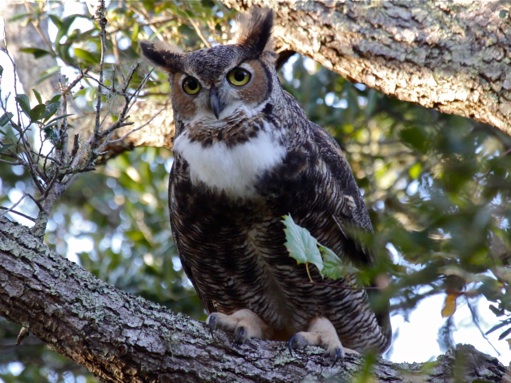
Though it’s the middle of winter, January is the month when great-horned owls court and nest in southwestern Pennsylvania. Their courtship is such a noisy affair it can’t be ignored if you’re near it.
When I was about five years old my whole family was roused one night when an owl hooted in the big tree outside my window. While I wrung my hands and my two-year-old brother cried, my dad went from window to window, trying to see the source of the disturbance. My fear turned to fascination when he said, “It’s an owl.”
Oh boy! Where?
I don’t remember if there were two owls that night but if I heard it again I’d listen for both. The male and female serenade each other, described in this excerpt from W.D. Snodgrass’s poem that was featured on The Writer’s Almanac. (Click here for the entire poem.)
Owls — by W.D. Snodgrass
” There: the dark male, low
And booming, tremoring the whole valley.
There: the female, resolving, answering
High and clear, restoring silence.”
The owl serenade builds up to mating, and then to nests, eggs and babies. They court in winter because it takes so long — about three and a half months — from nest to fully fledged owlet.
Click here for a male and female duet (with lots of crickets in the background).
Click here for the sound of three owls hooting.
Now that I know, I won’t be afraid if I hear them hooting.
Whoooo said that? It’s owls in love.
(photo of a great-horned owl by Chuck Tague. The owl’s white throat feathers are showing because he’s hooting. Read more about this owl on Chuck Tague’s blog.)
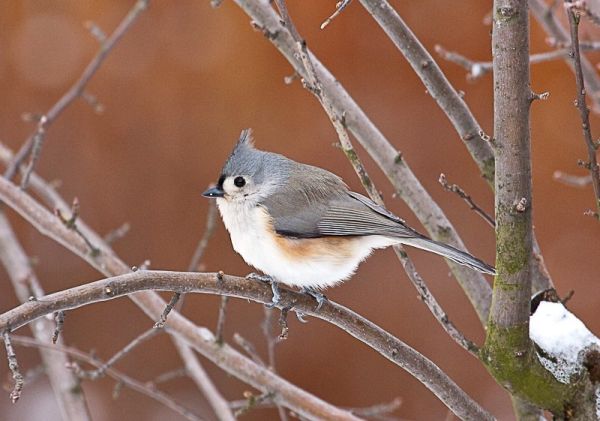
 Some time in the next two weeks the people of State College, Pennsylvania will wake to find dead birds dropping from the sky.
Some time in the next two weeks the people of State College, Pennsylvania will wake to find dead birds dropping from the sky.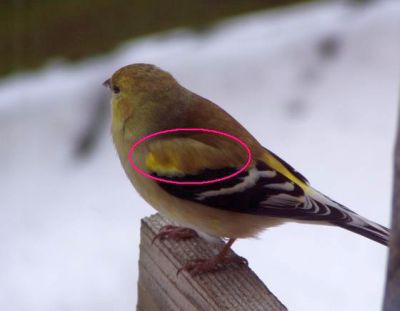 Last week I read a post on
Last week I read a post on 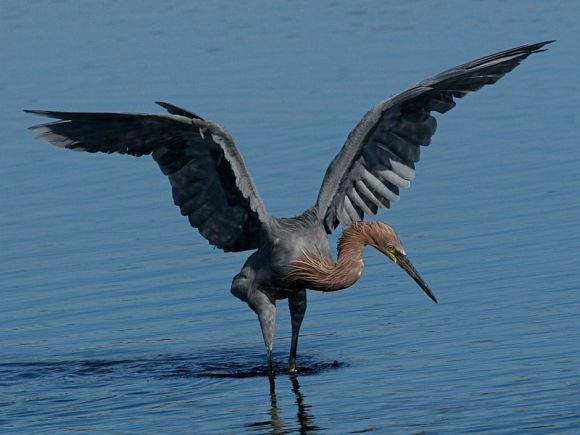
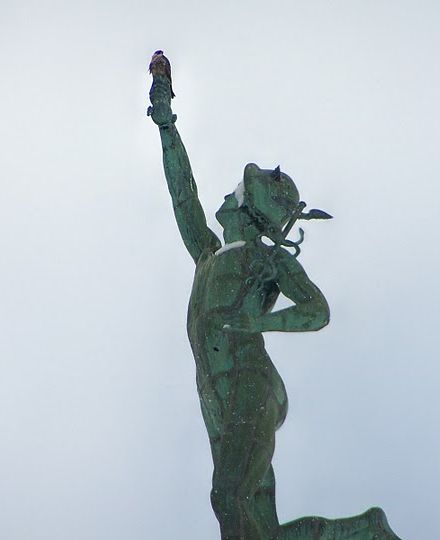
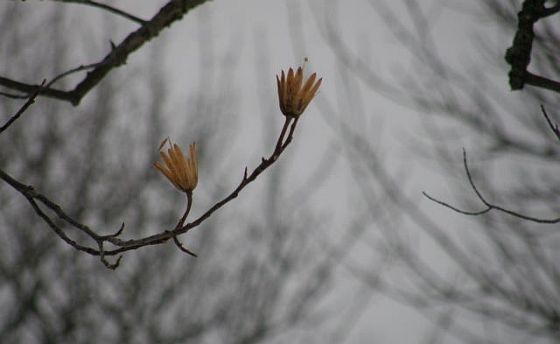

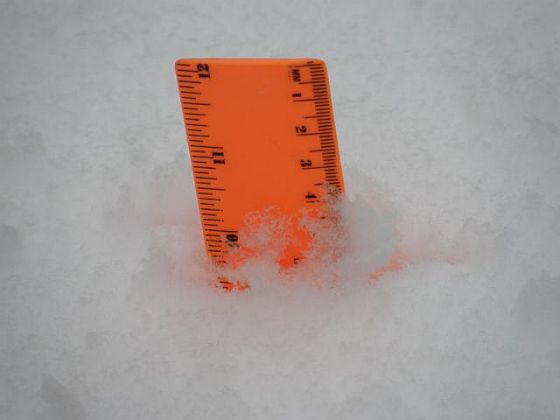
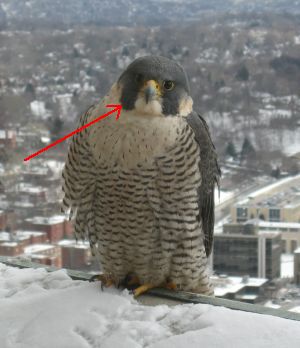 After last week’s foray into the subject of coverts I’m happy to shift gears and talk about peregrines again.
After last week’s foray into the subject of coverts I’m happy to shift gears and talk about peregrines again.